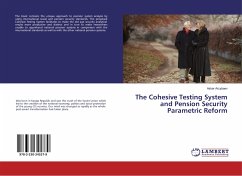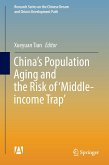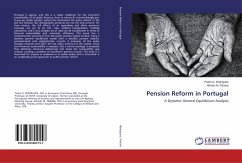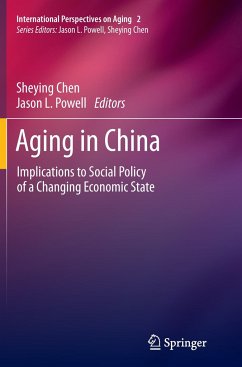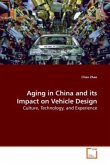This thesis uses a computable Overlapping Generation (OLG) model to examine the Chinese pension reform. The research involves calibrating an OLG model for the Chinese economy and undertaking policy evaluations. Model calibration involves choosing a set of household and firm parameters to capture the key features of the Chinese economy and pension system. Policy evaluation involves using the calibrated model to compare economic variables under alterative pension policies. The major pension policy focus is a comparison of Pay-As-You-Go (PAYG) and full funded social security designs. The thesis examines the effect of pension reform on the economy from both economy-wide and inter-generational dimensions. Based on the simulation results the thesis argues for two conclusions. Firstly, China s economic output would increase if the pension reform occurred, as the capital stock under the full funded scheme is higher than under the PAYG scheme. Secondly, the thesis finds that the losers are the older generation at the time of the pension reform but that all other generations would benefit from the reform.
Bitte wählen Sie Ihr Anliegen aus.
Rechnungen
Retourenschein anfordern
Bestellstatus
Storno


